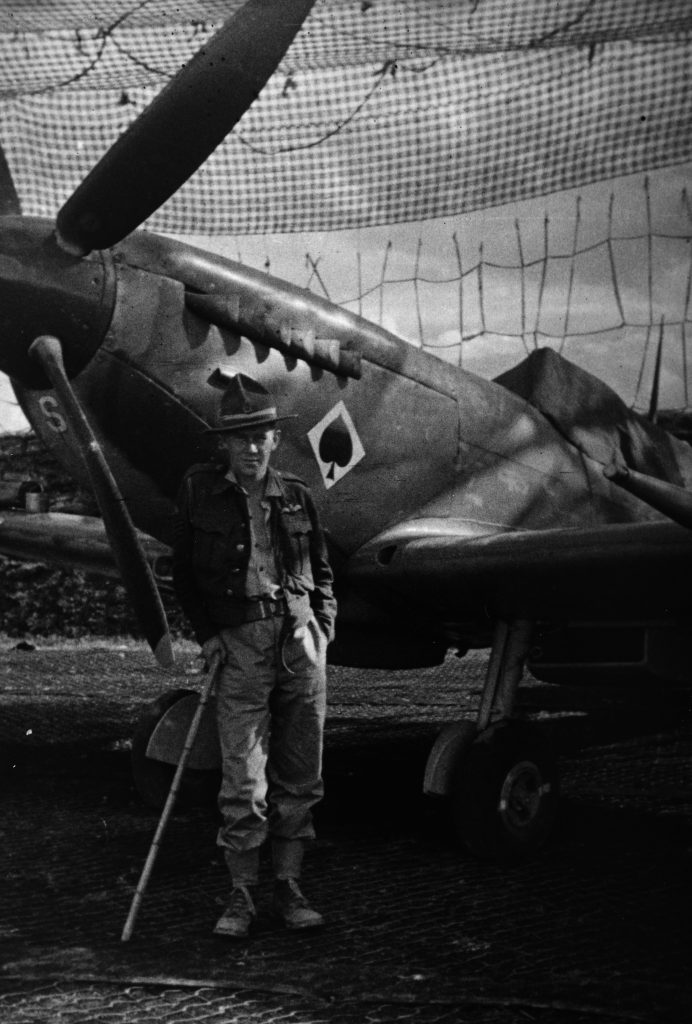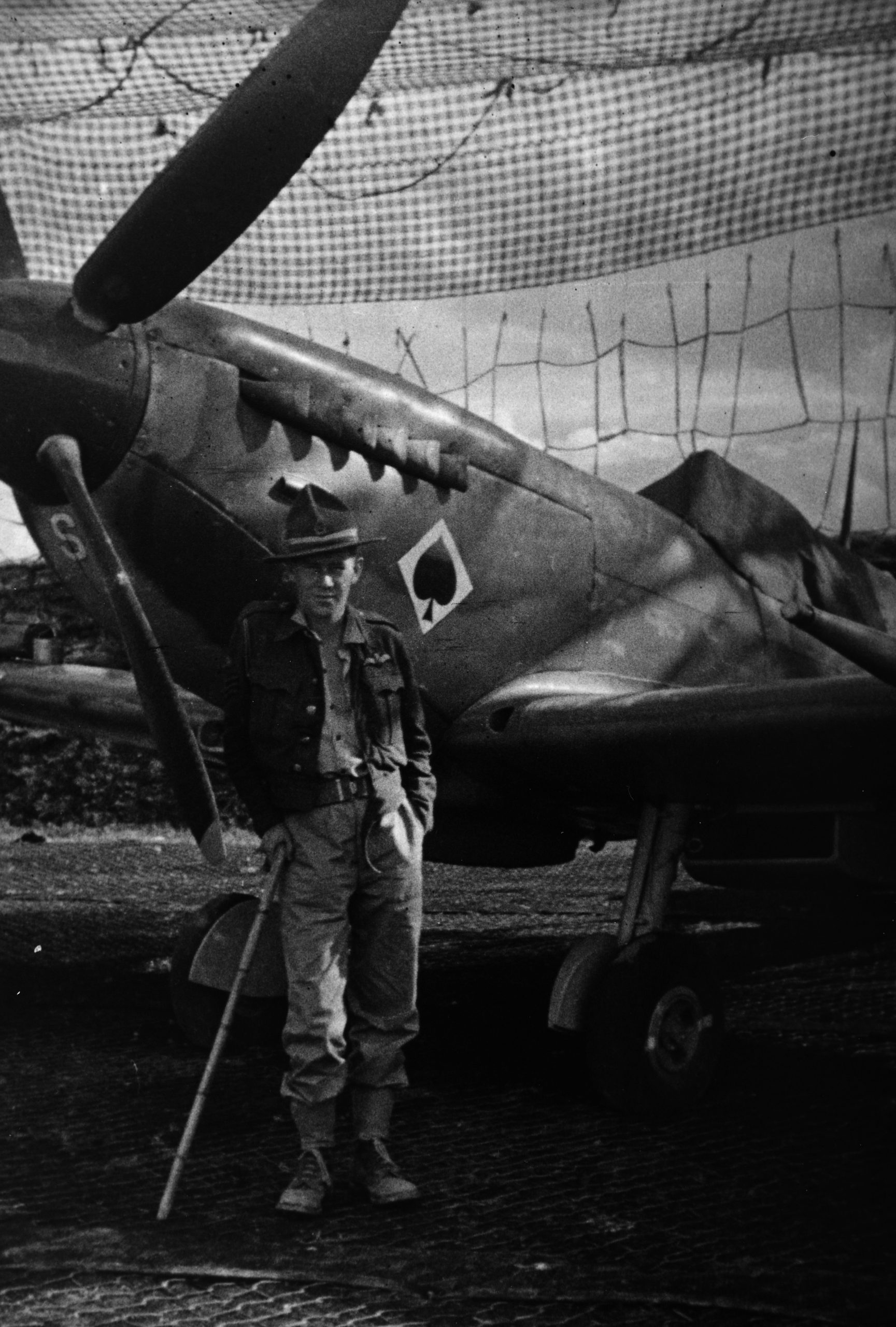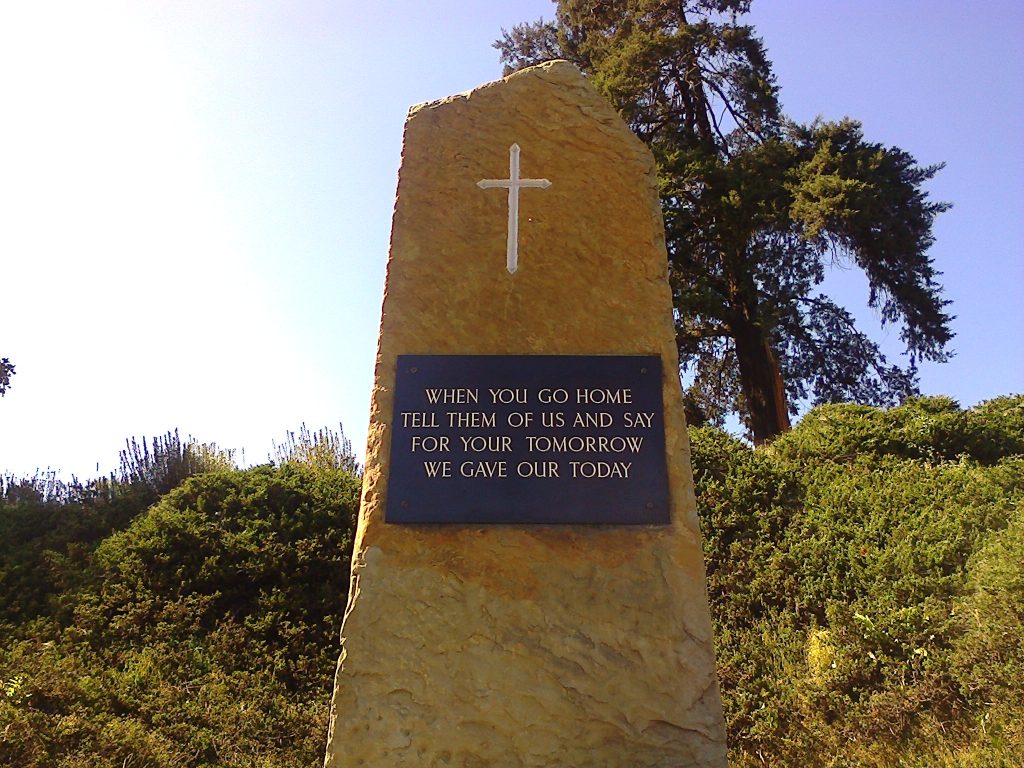The year 1944 marked some of the most momentous events and not just in Europe and the Pacific.

Just as Field Marshal Bill Slim’s 14th Army in Burma was Britain’s ‘Forgotten Army’ their colleagues in South-East Asia Command of the RAF are often overlooked in the wider history of the war.
New Zealand airmen played an important part in this vital campaign and should be remembered.
After the retreat from Burma and the fall of Malaya and Singapore in 1942, the Imperial Japanese forces stood close to the border of Britain’s most important colonial possessions – India.
In March 1944, the Japanese decided to test these defences and launched a series of operations against the British and Indian forces. Pivotal to this was the sieges of the British positions at Imphal and Kohima which were surrounded by the Japanese.
If Imphal and Kohima fell, Allied supplies would be cut to China. Between 5 and 18 April some of the bloodiest close fighting took place at the two locations, on a shattered battlefield more reminiscent of the First World War than the Second.
New Zealanders serving with the RAF played a pivotal role in the air support need by the garrisons.
Supplies were dropped by Dakota transports, escorted by fighters. Thanks to this supply line the garrisons stood a chance of holding out. Chindit special forces were also dropped behind enemy lines. Fighters and bombers harassed the Japanese supply lines and attacked depots.
On 18 April, New Zealander Ray McLauchlan recalled he flew six missions in his Hurricane fighter bomber, such was the intensity of the battle, and losing a close friend killed that day.
Kohima was reached on 14 April and Imphal was finally relieved in June 1944, with the Japanese running short of supplies and having suffered over 50, 000 dead and missing, more than half their strength.
The British and Indian forces lost nearly 18,000 troops and Imphal and Kohima. With the forced Japanese retreat which followed, the tide turned decisively in favour of the British in Burma and the Allies could now focus on liberating South-East Asia.
Such was the scale of sacrifice in these two battles, the 2nd Division Memorial inscription enshrined at Kohima cemetery has become an epitaph for those lost in war. It reads:
‘When You Go Home, Tell Them Of Us And Say, For Your Tomorrow, We Gave Our Today.





